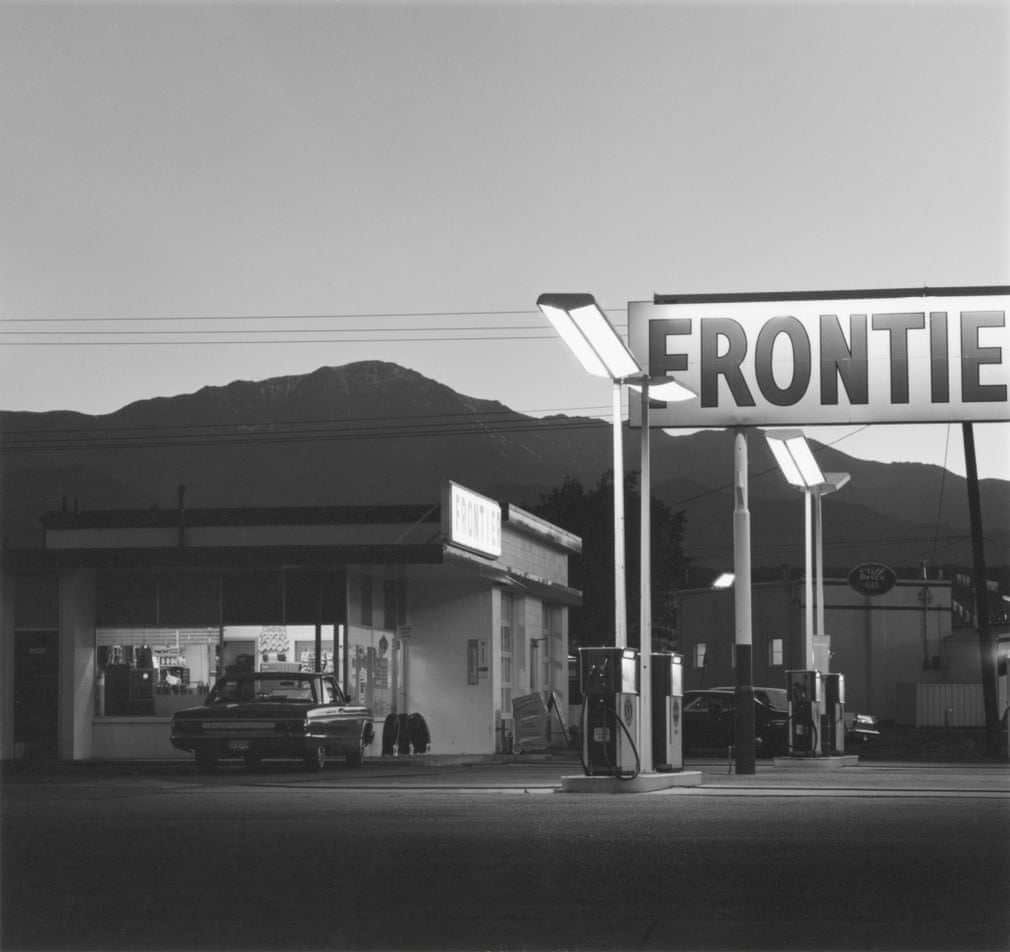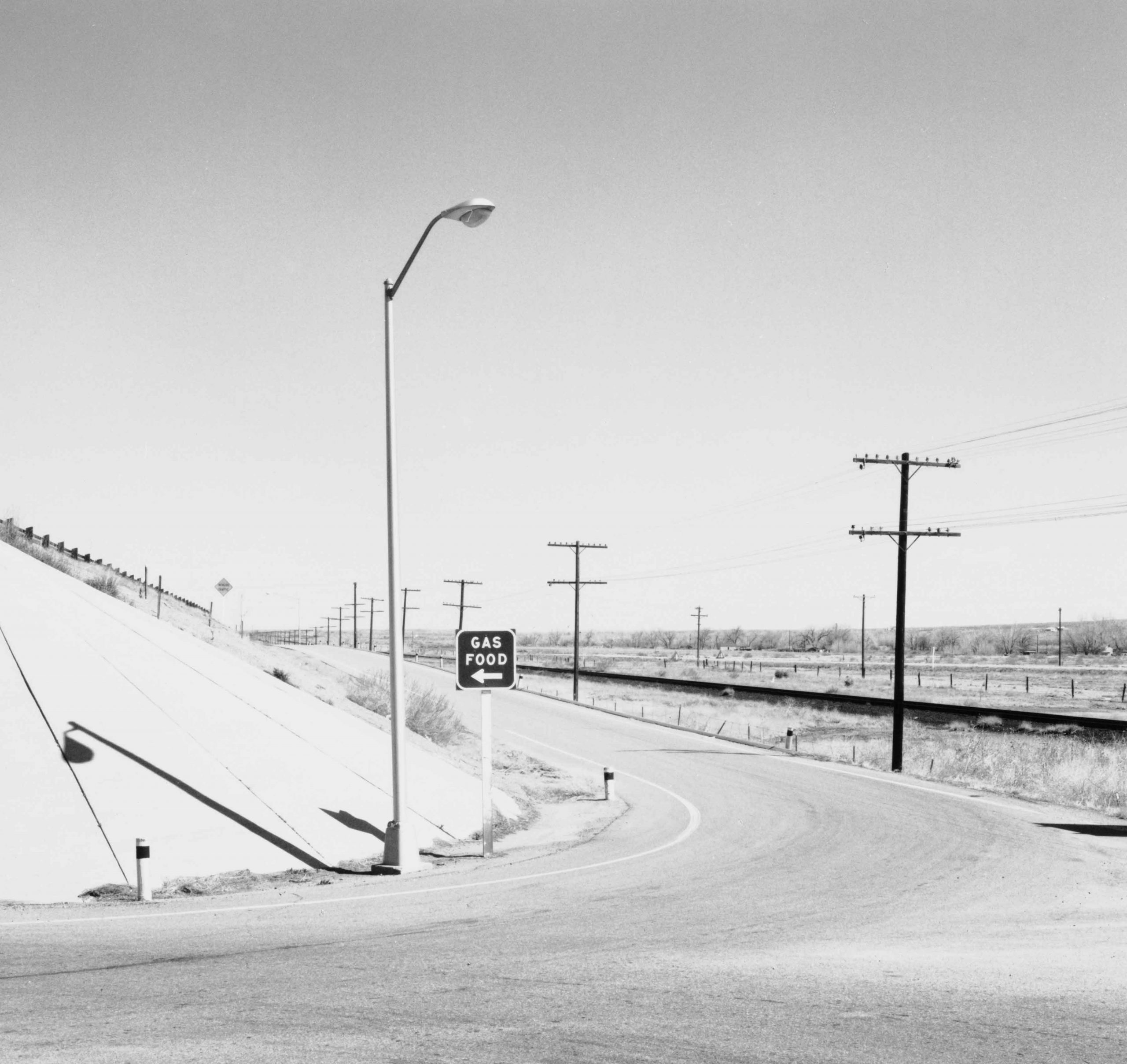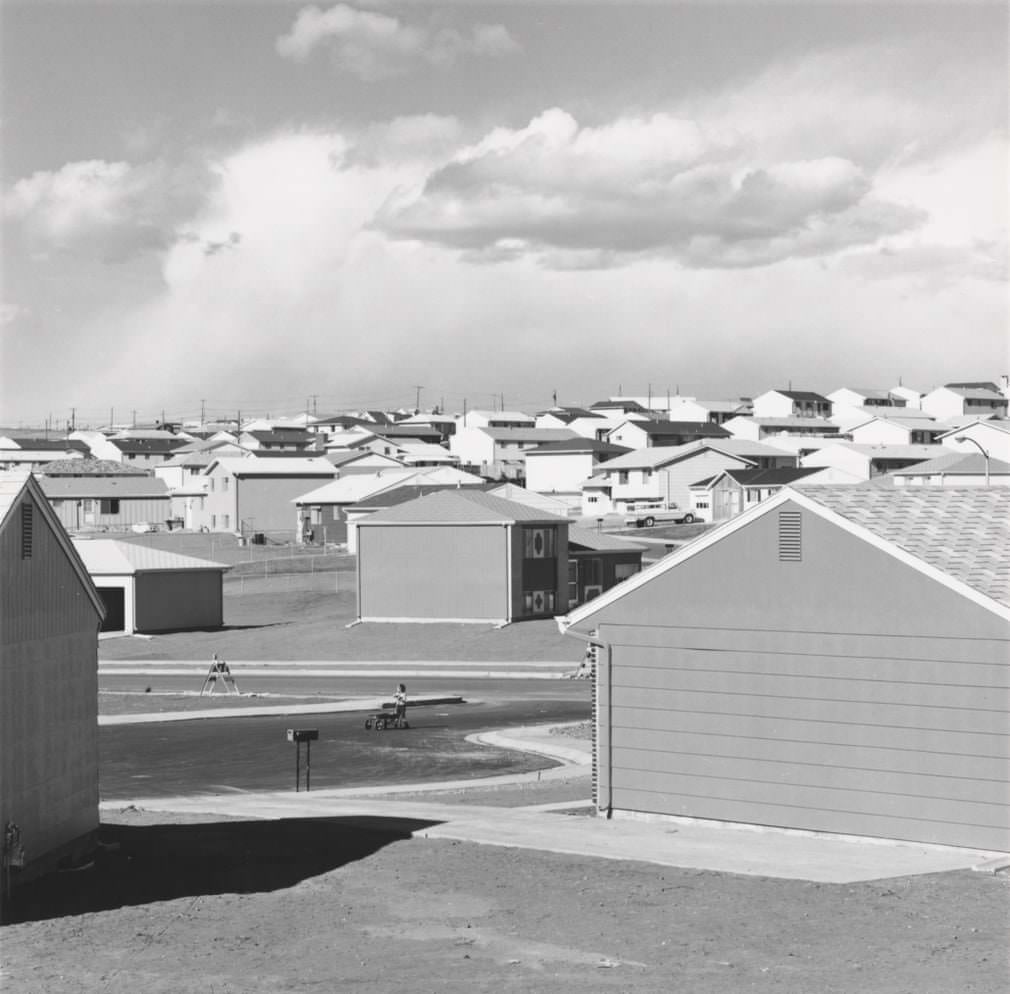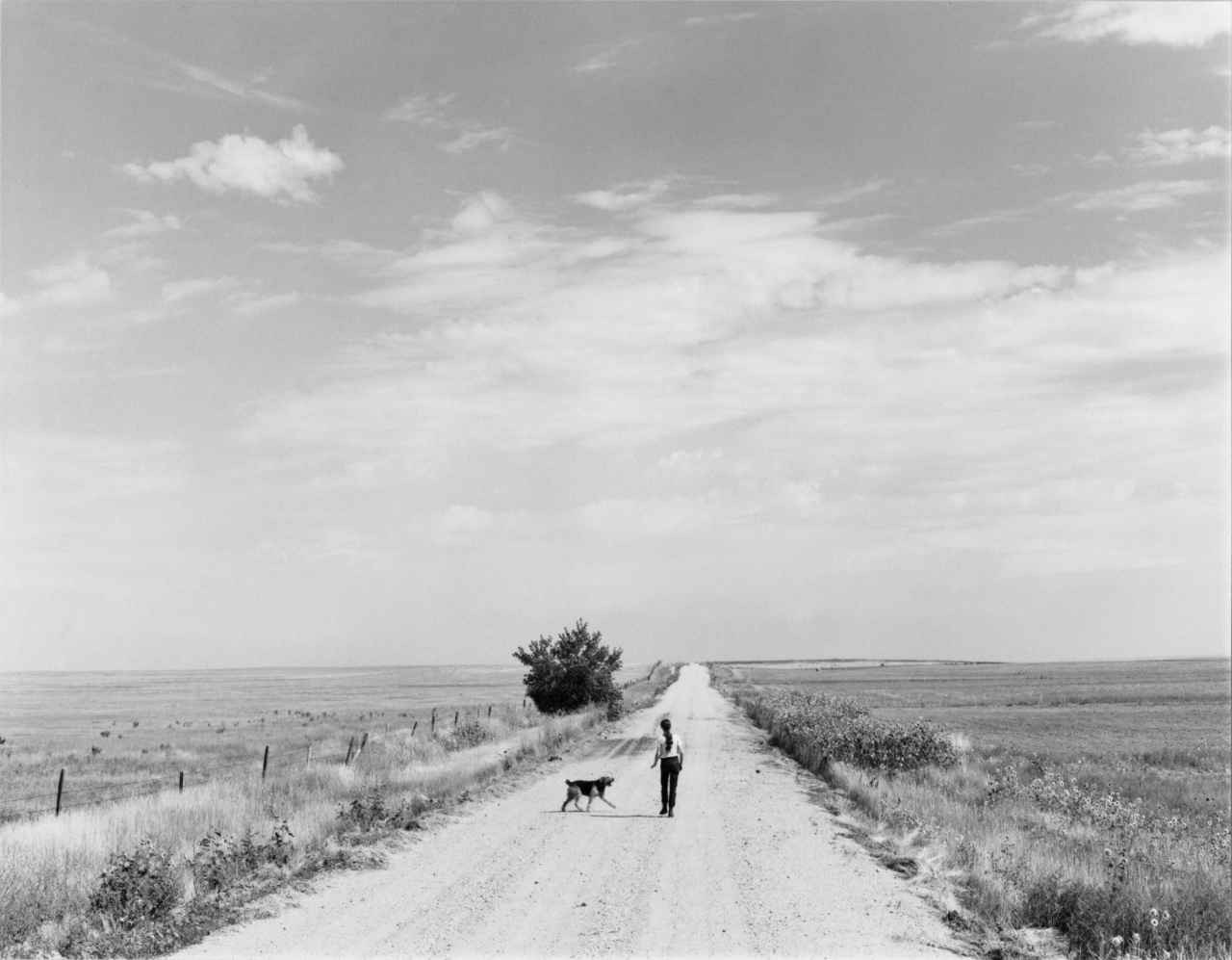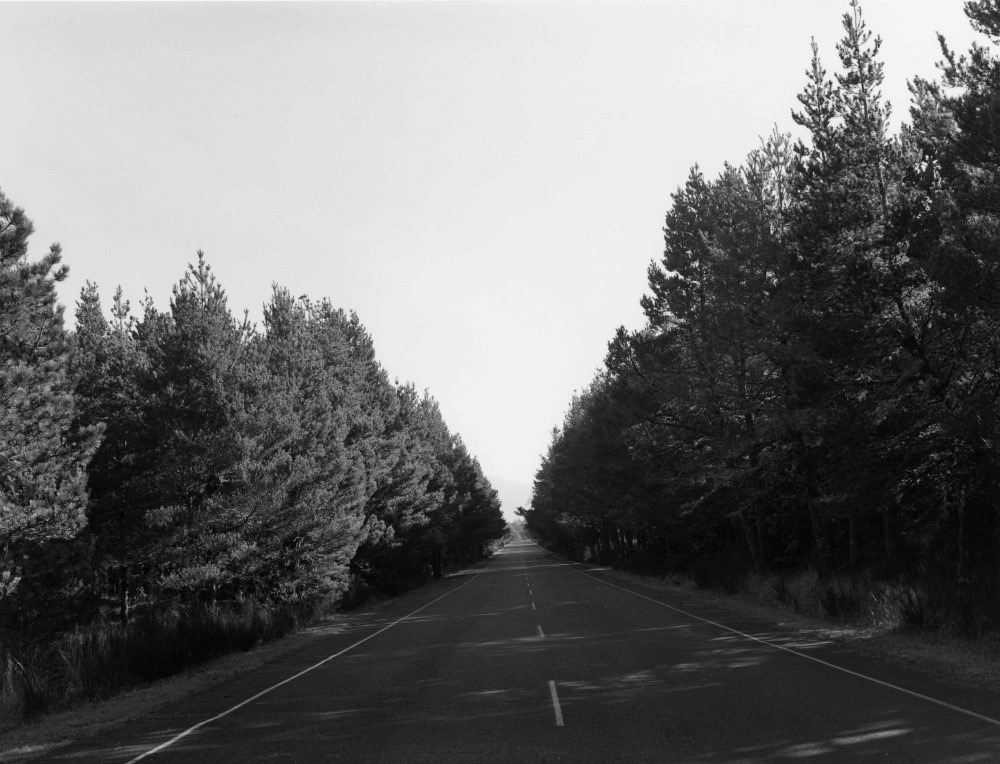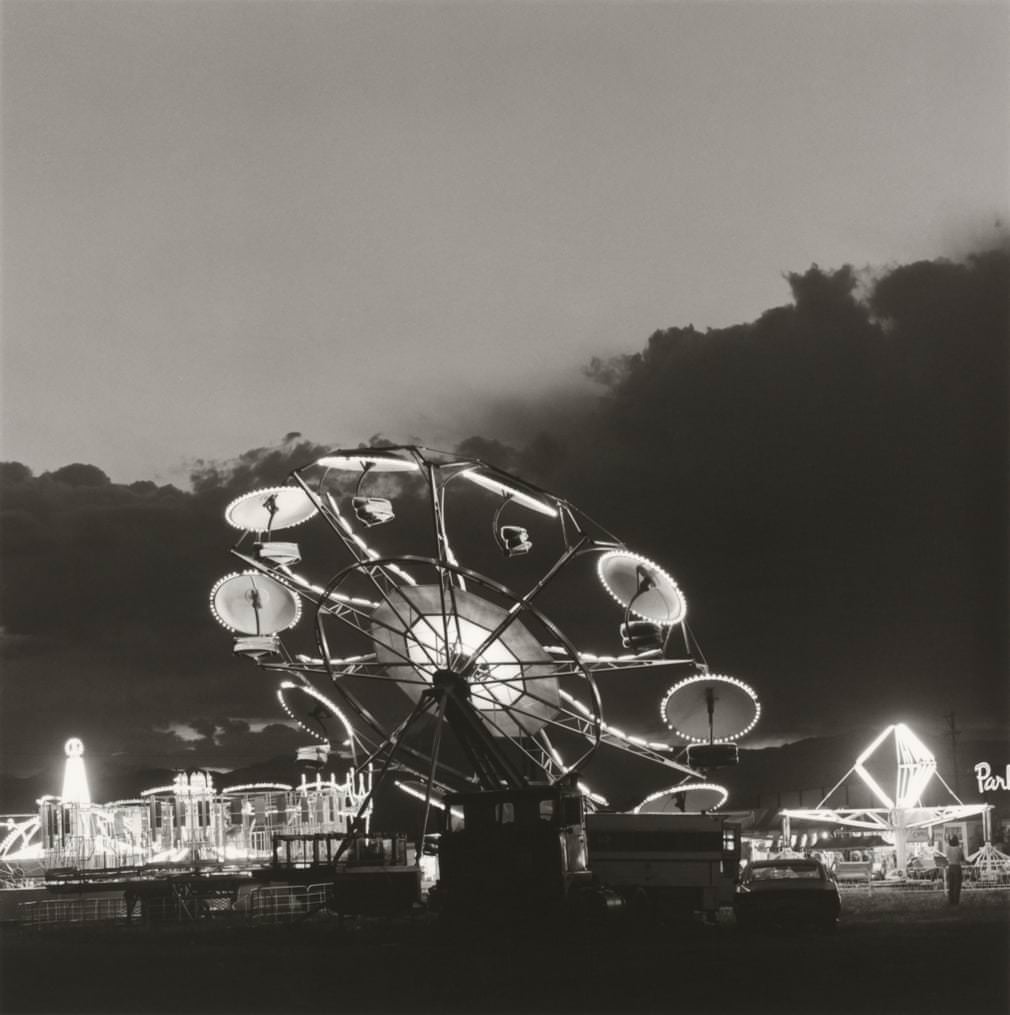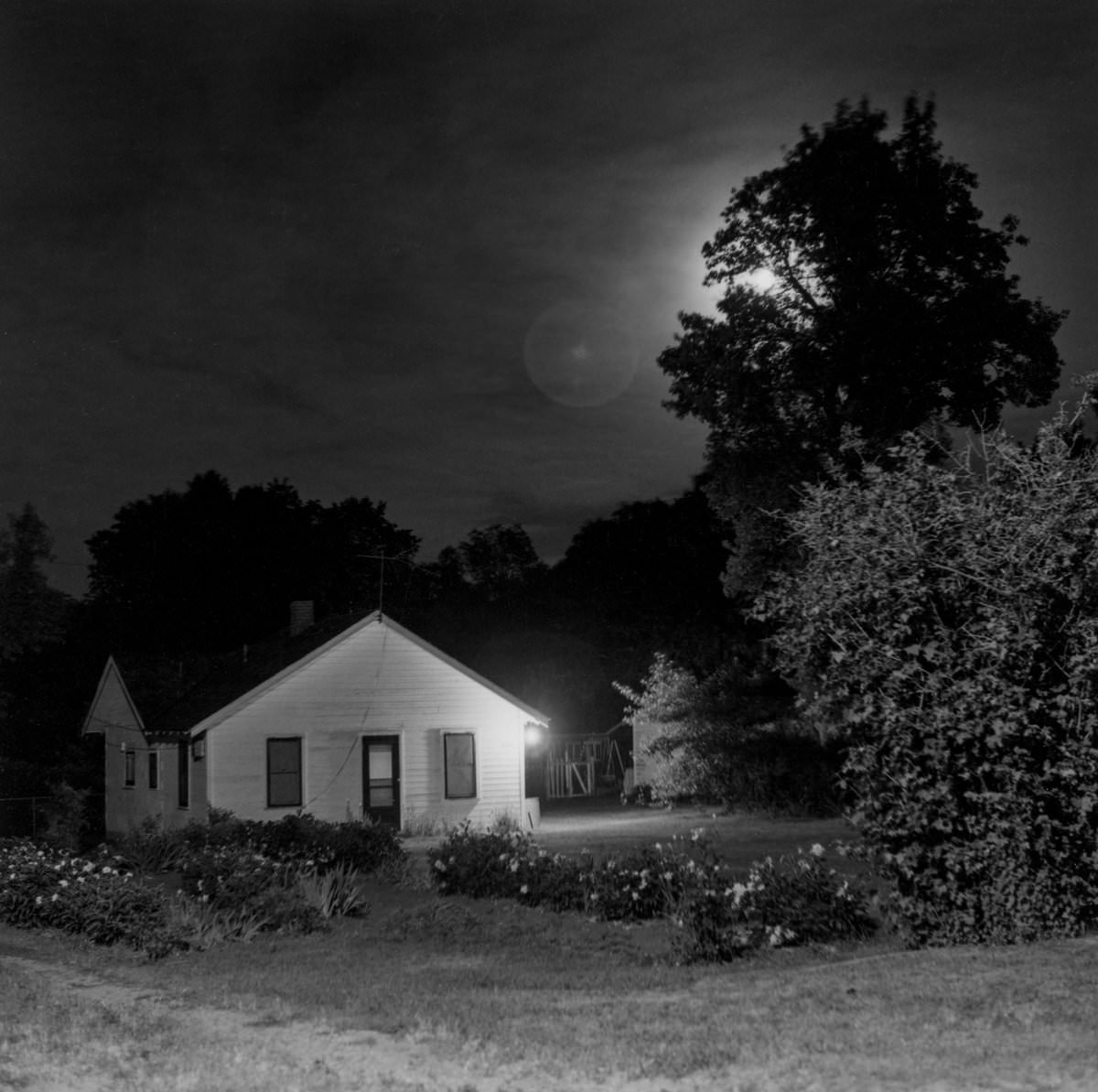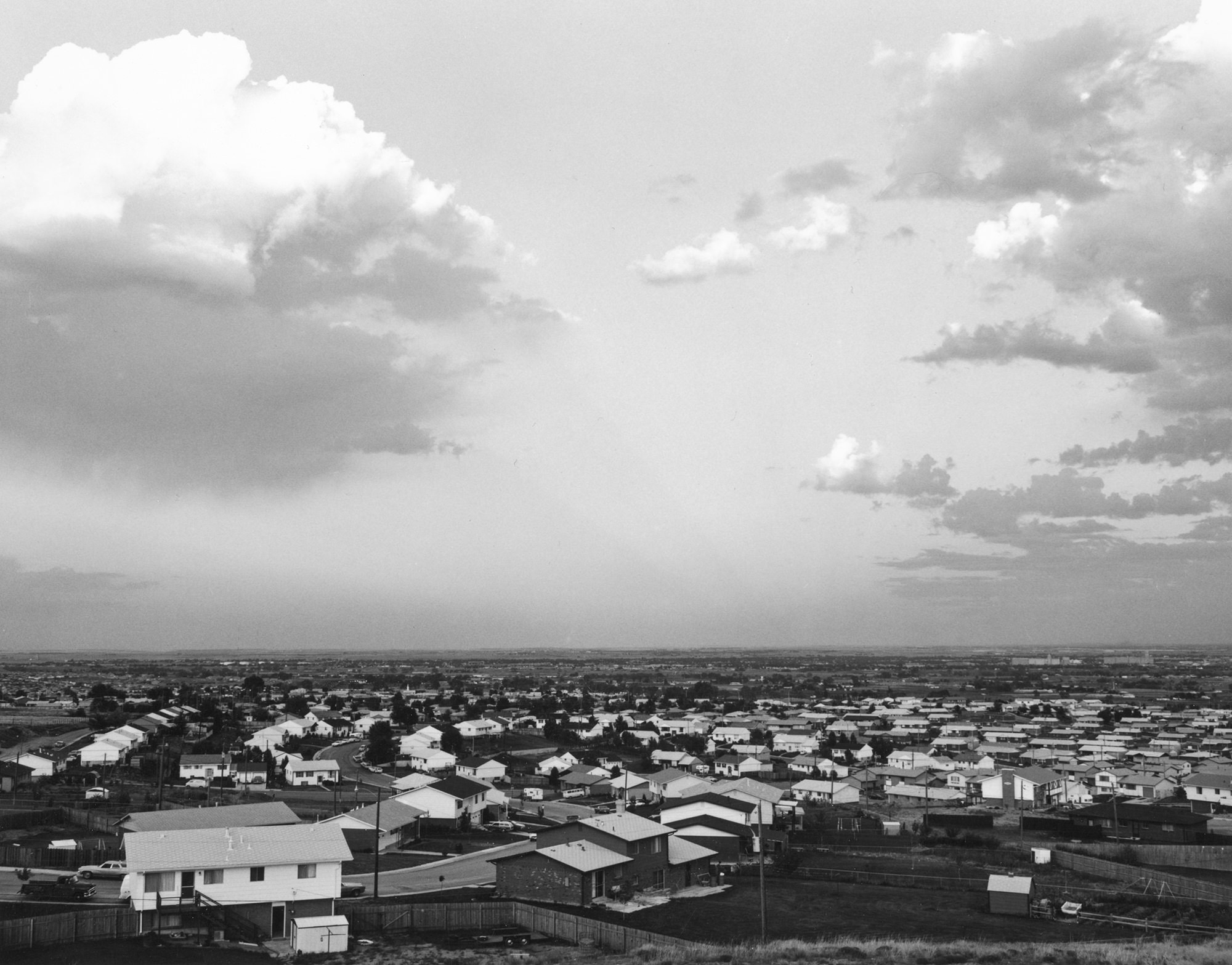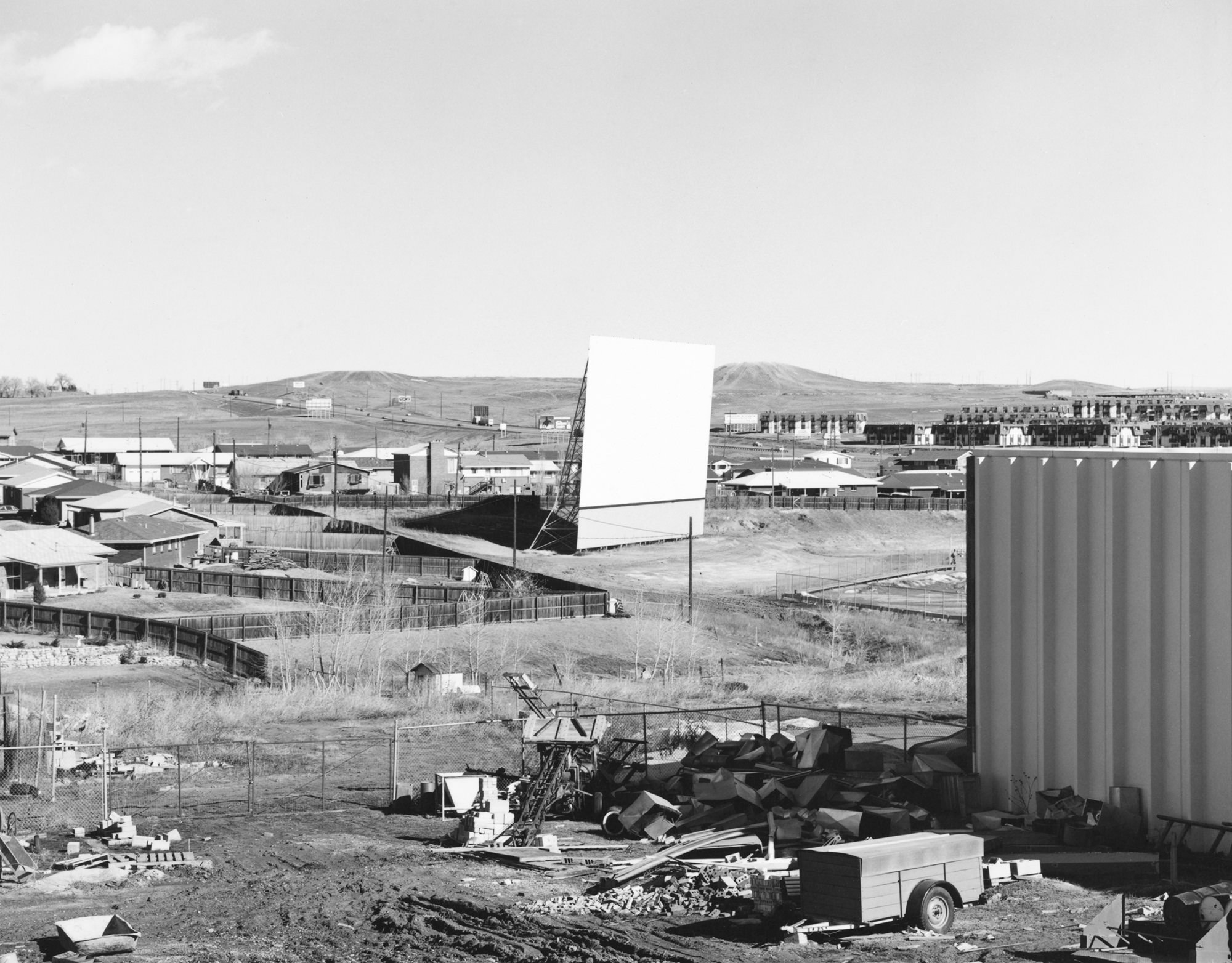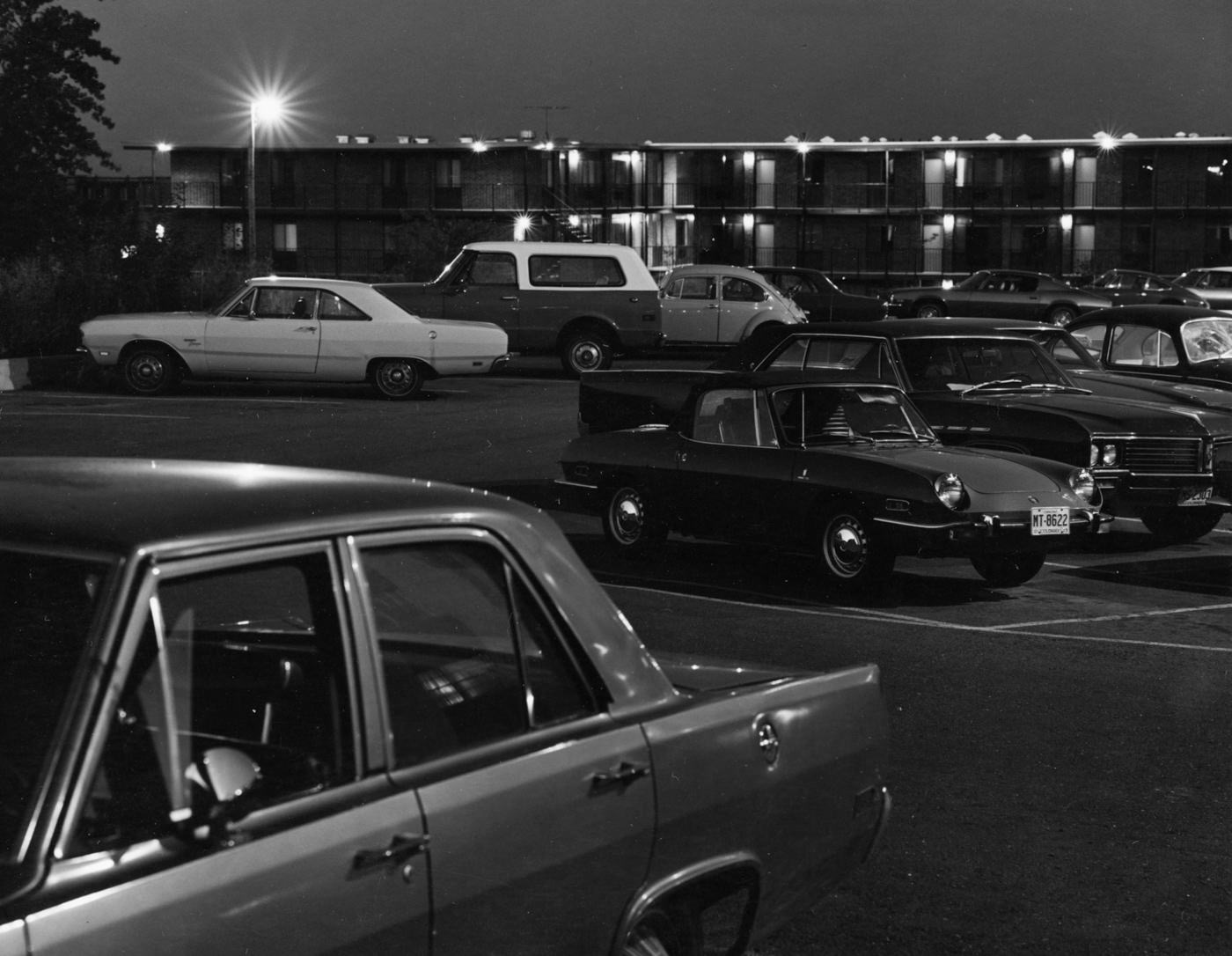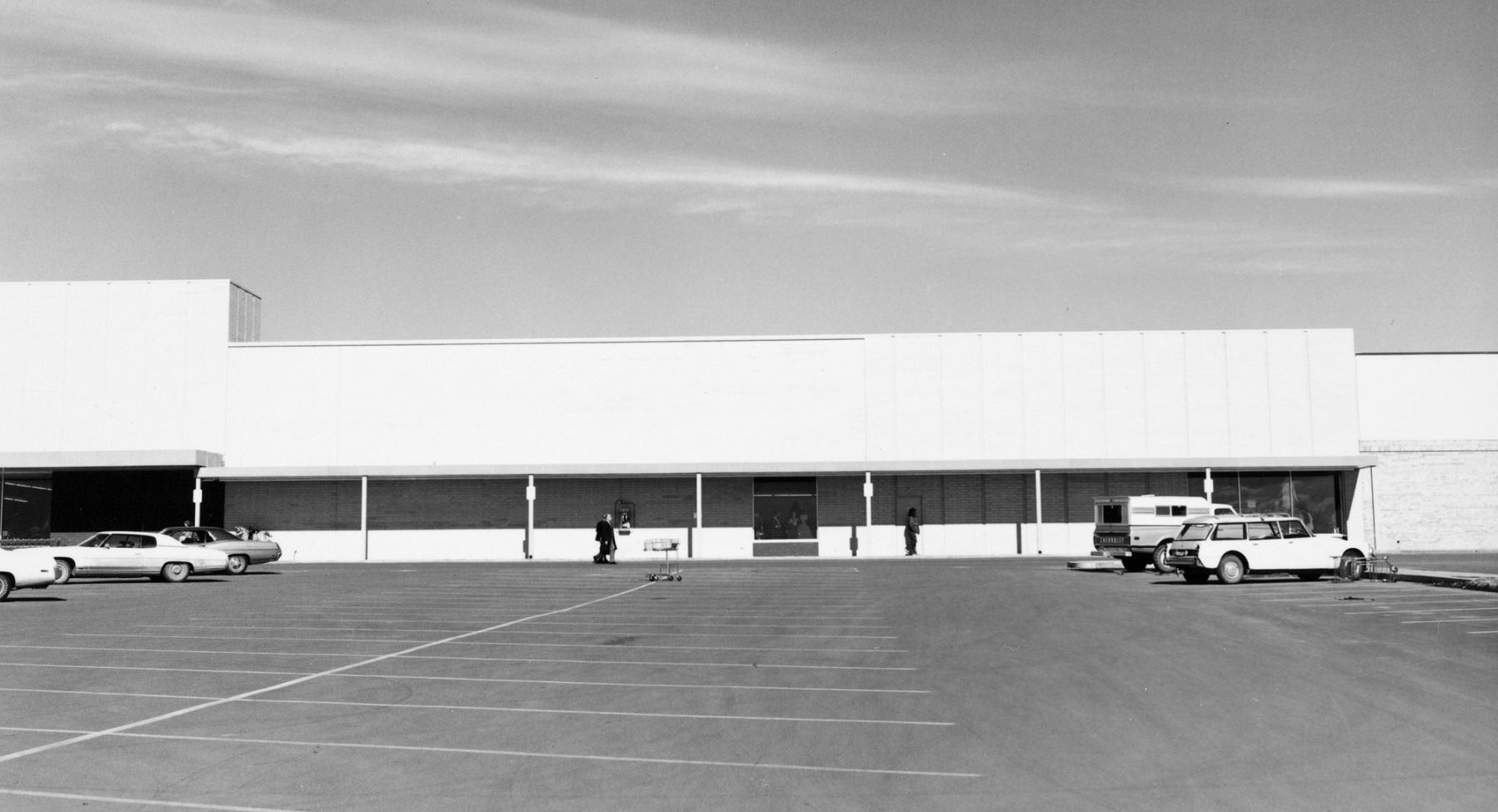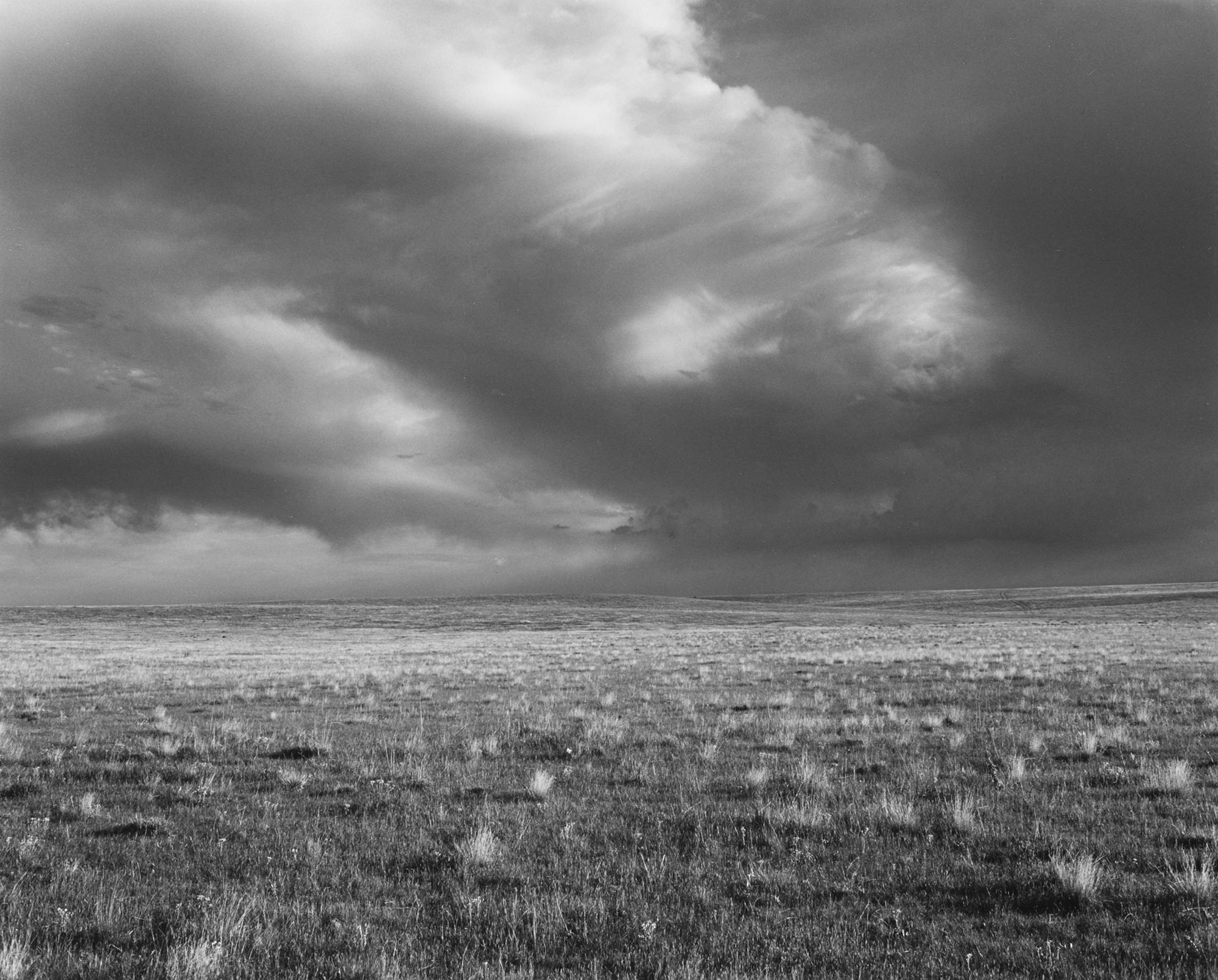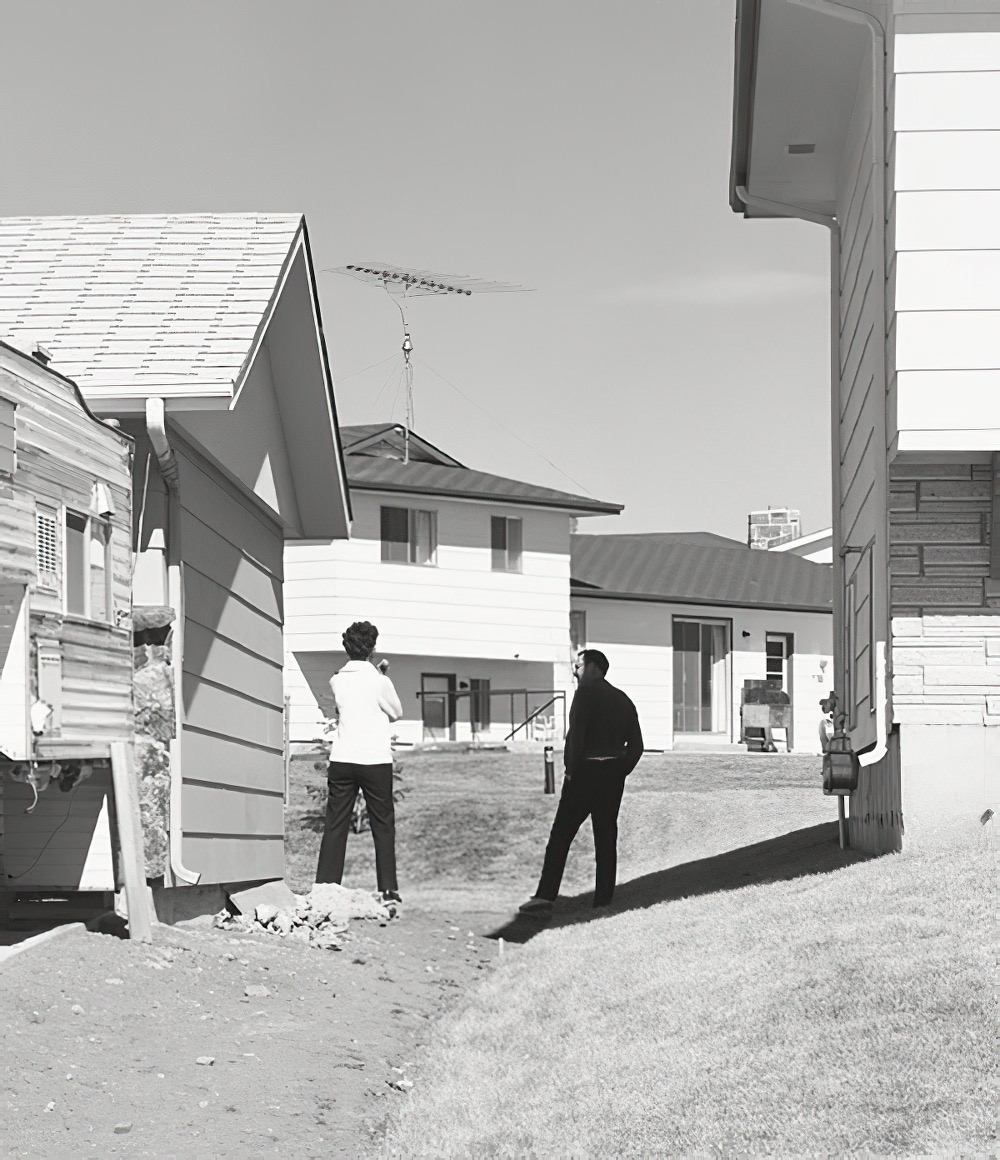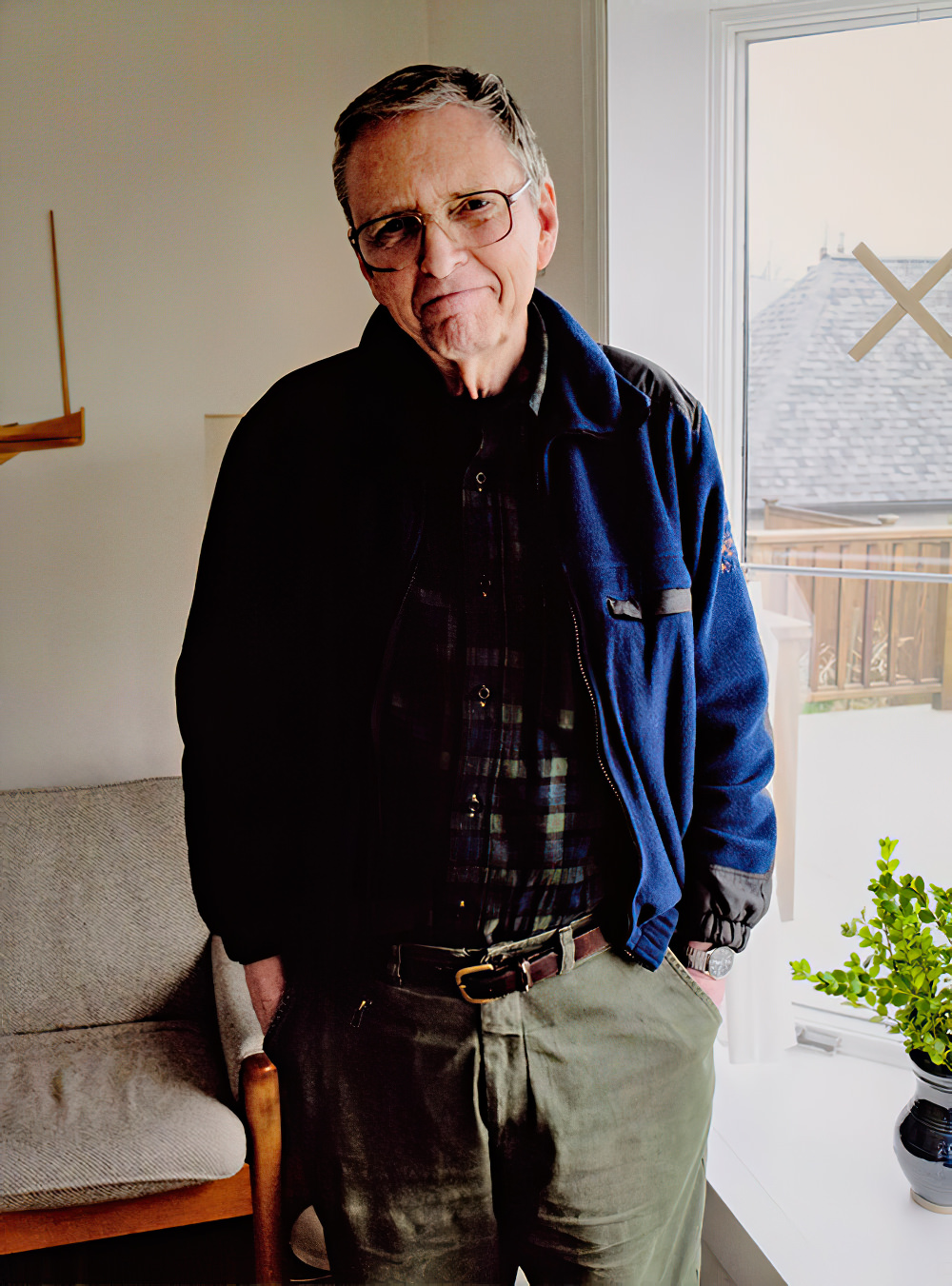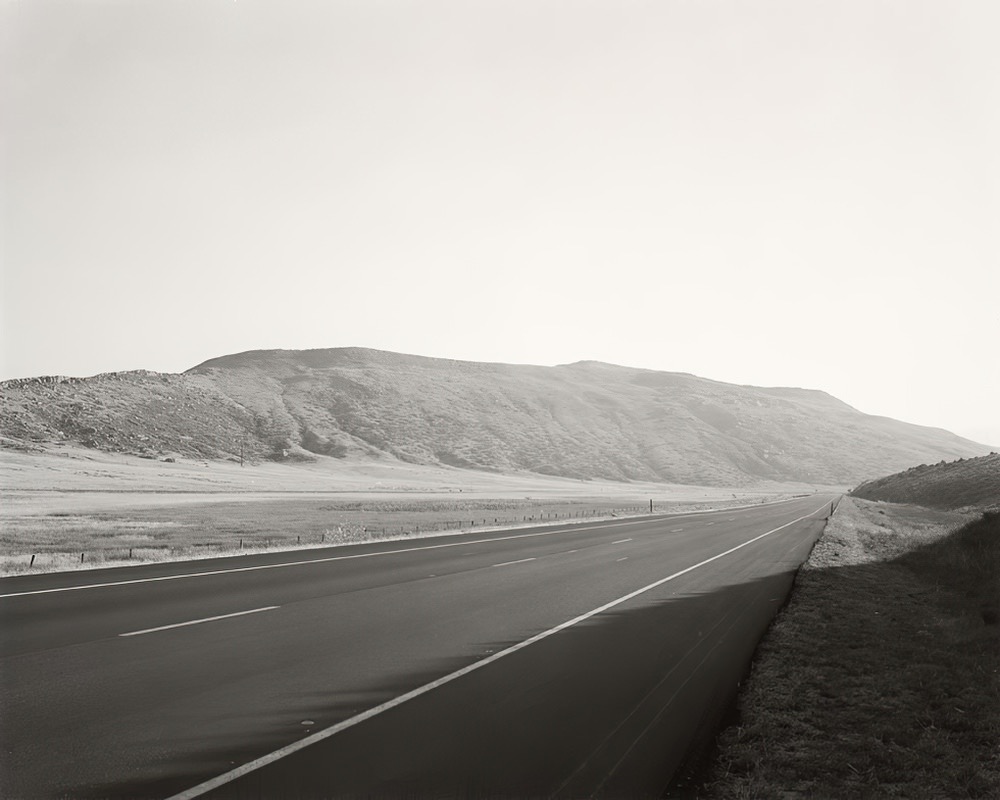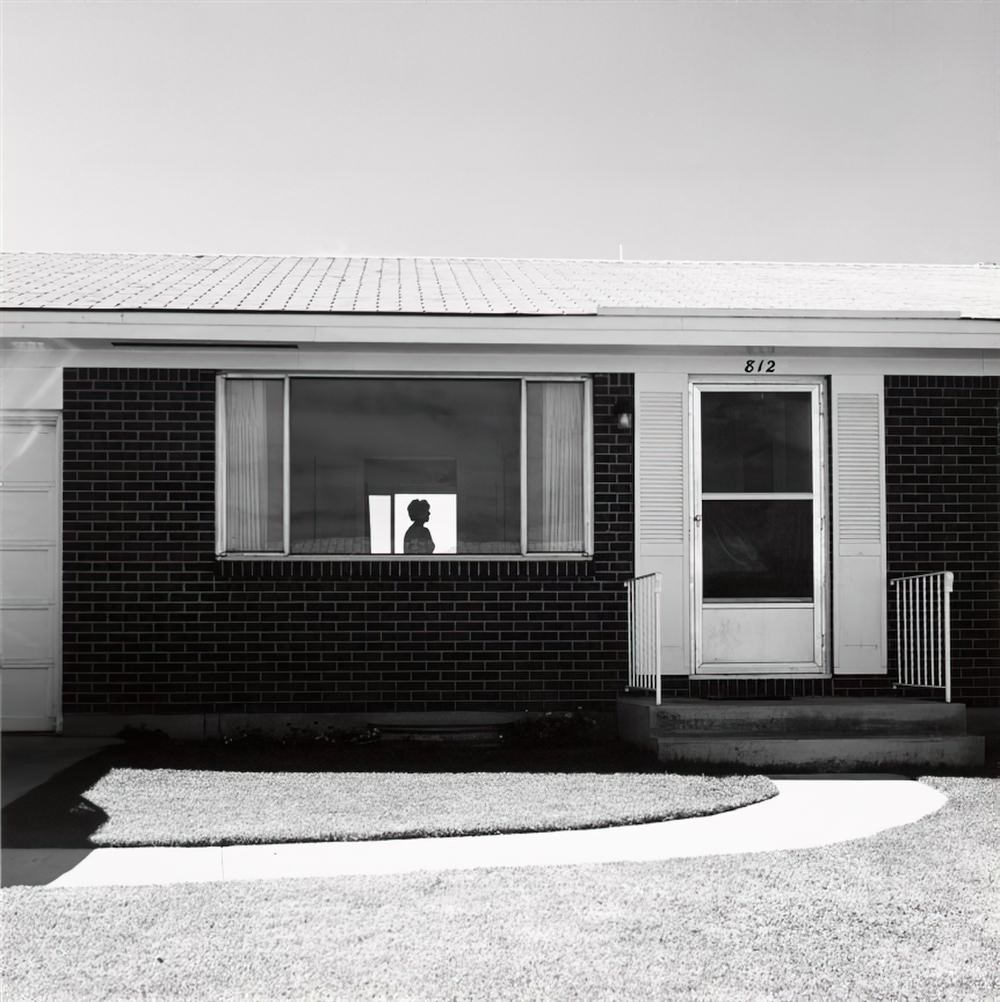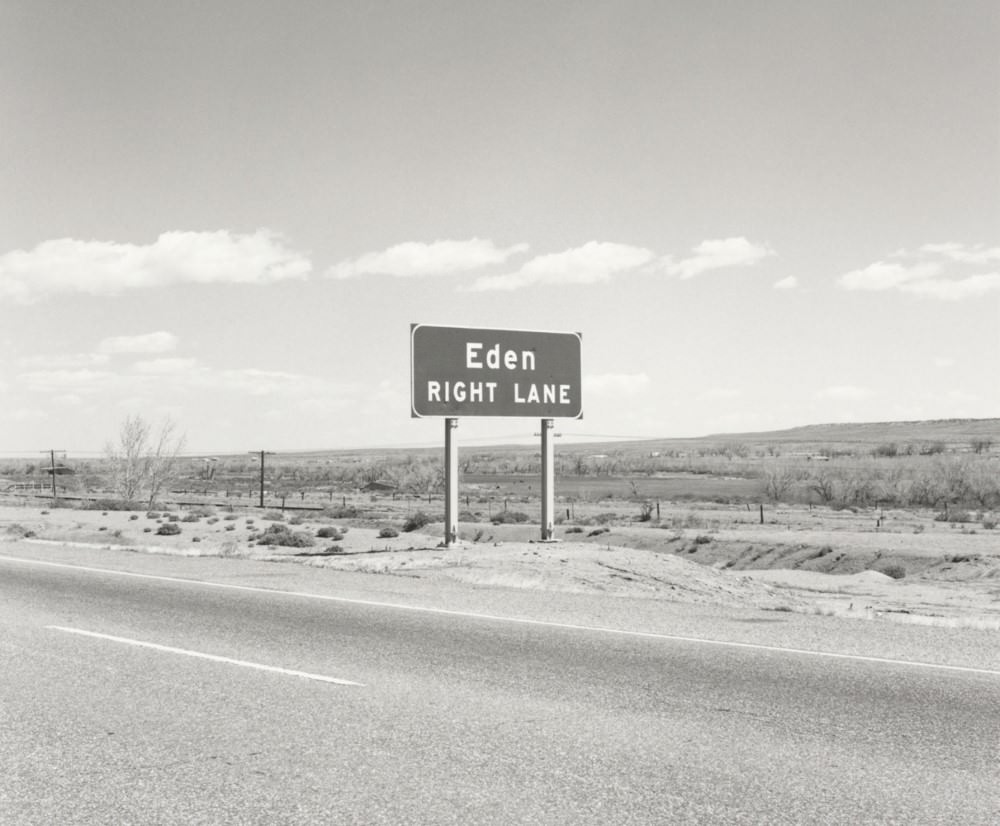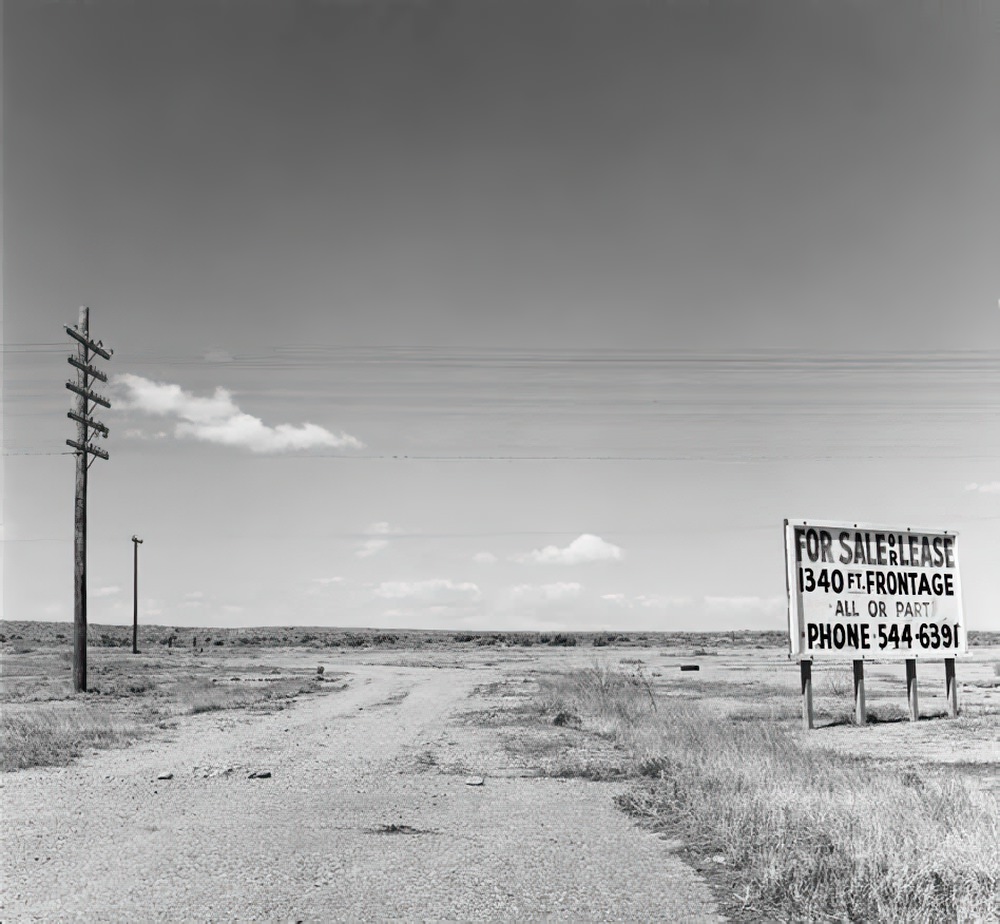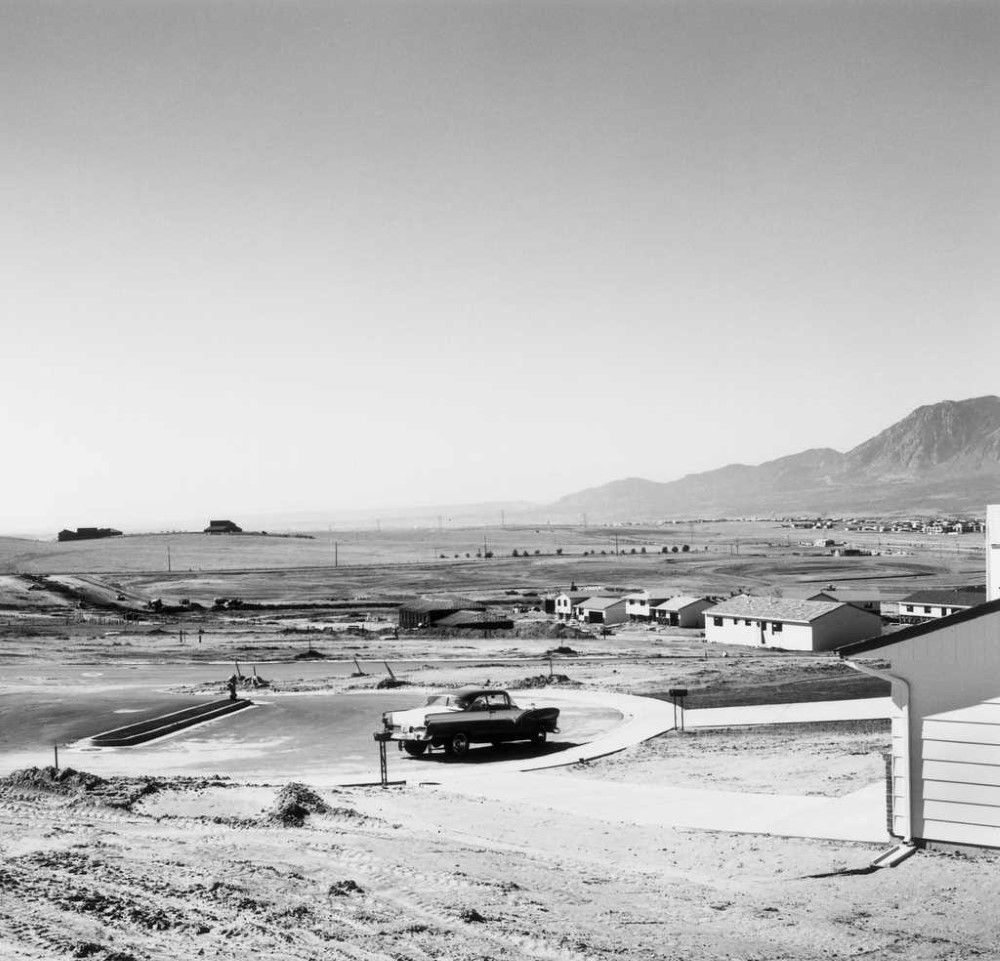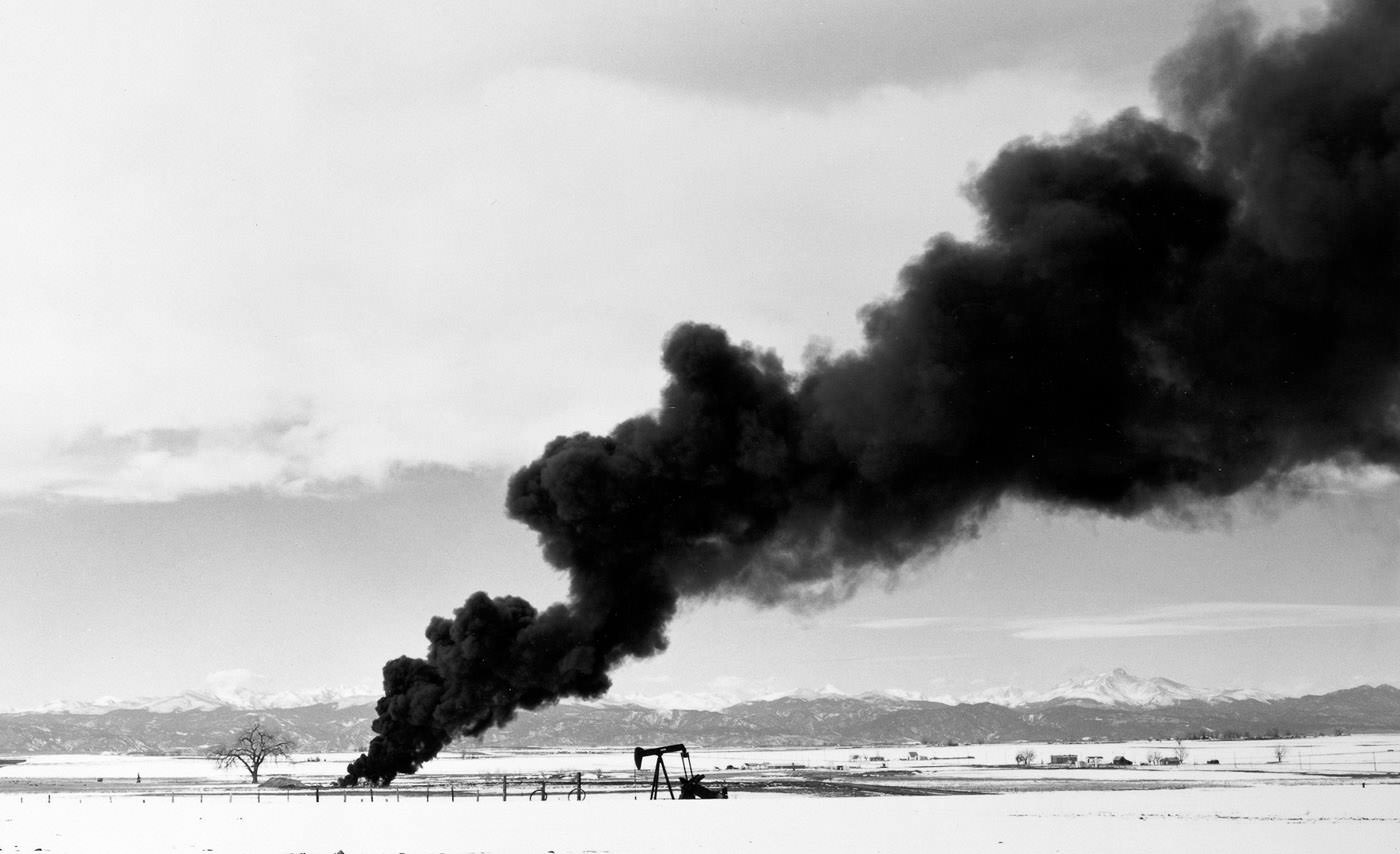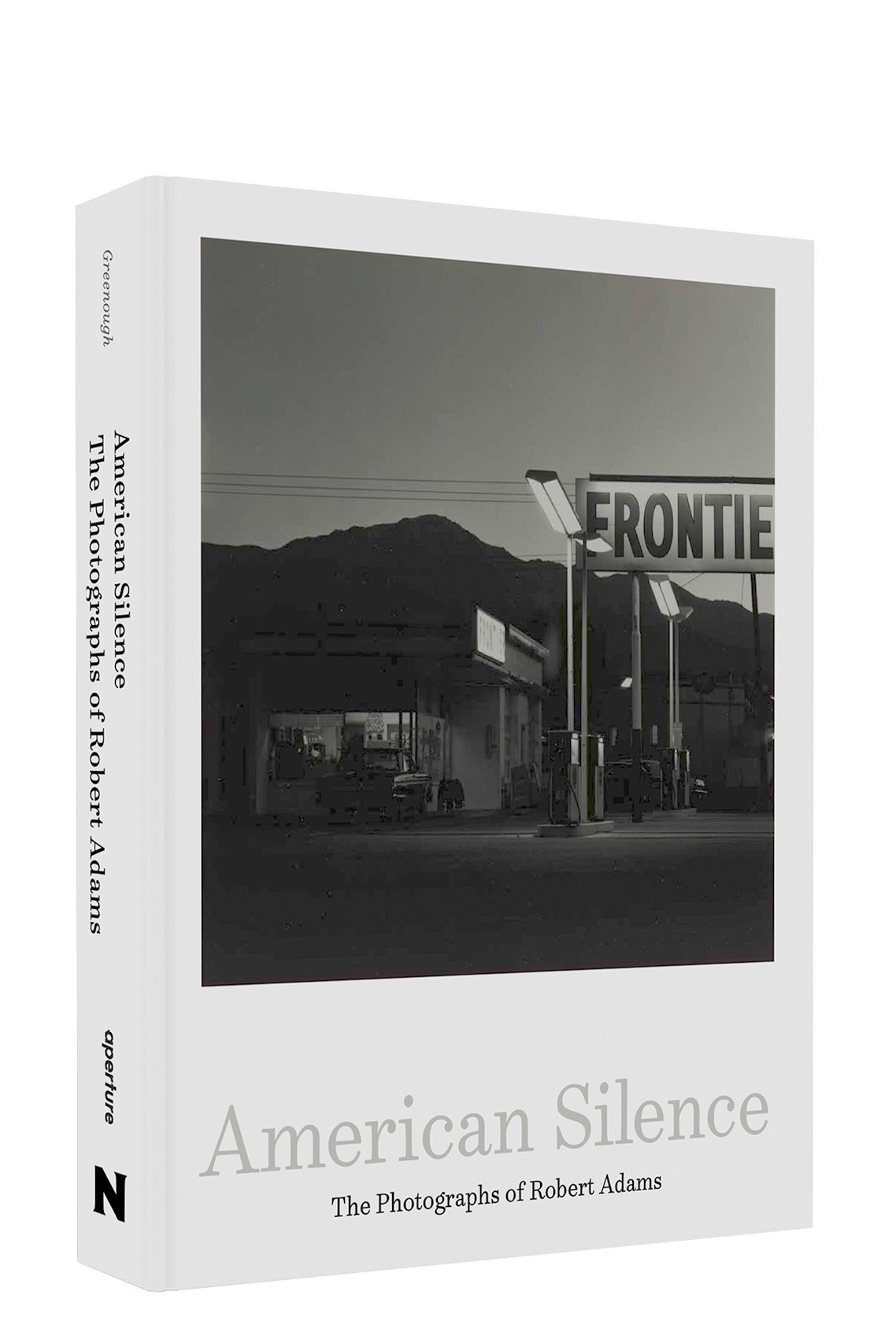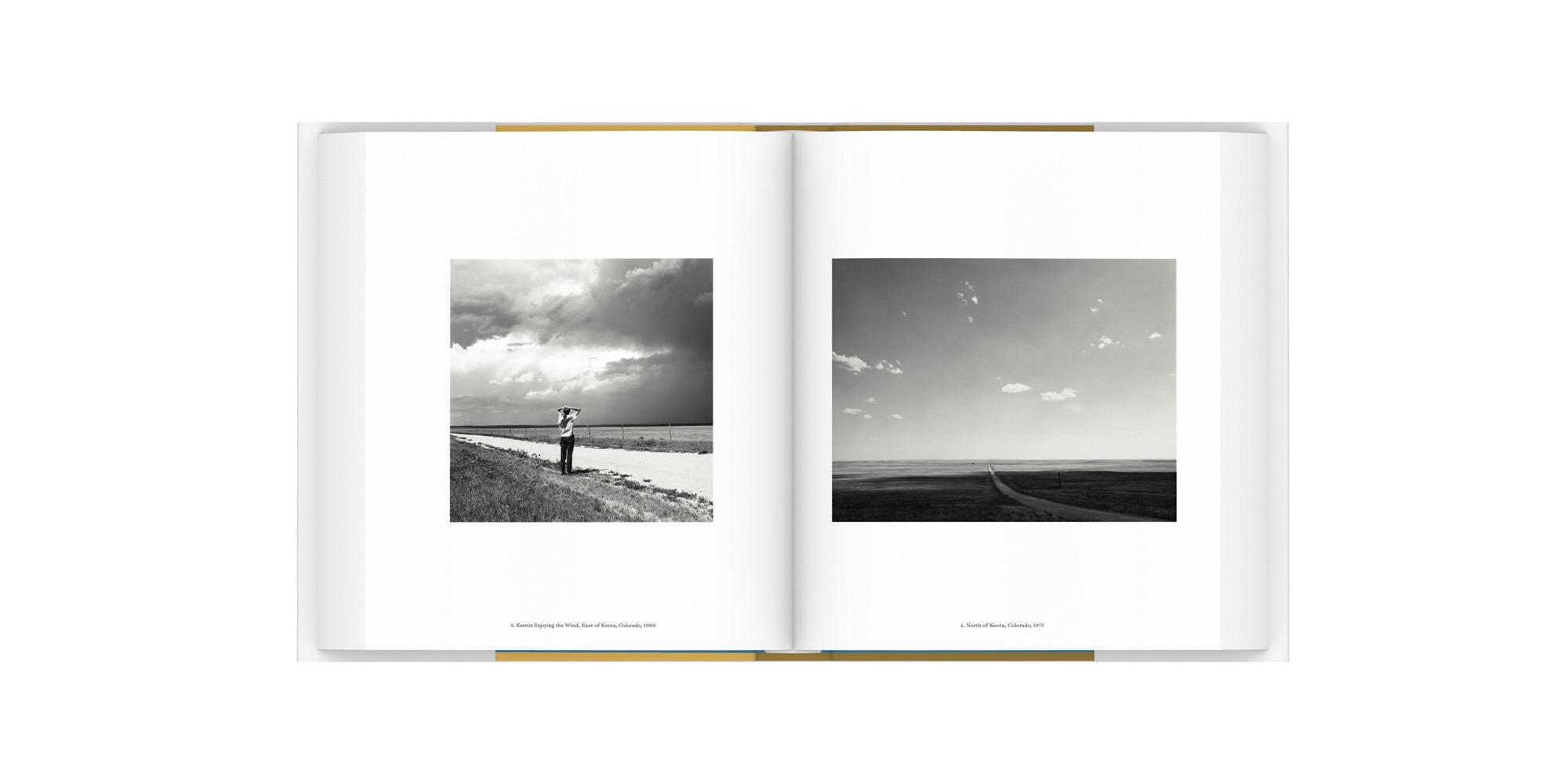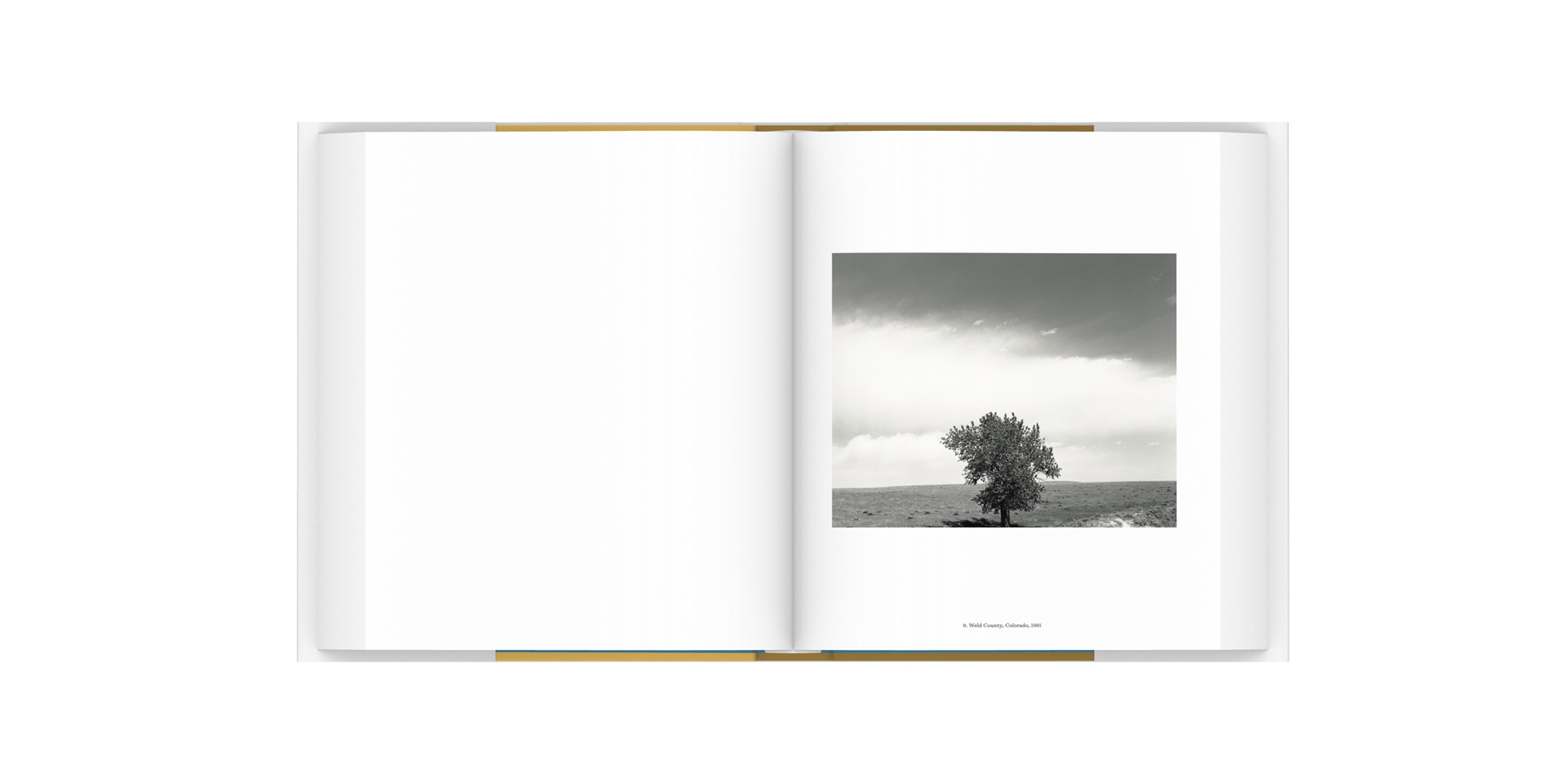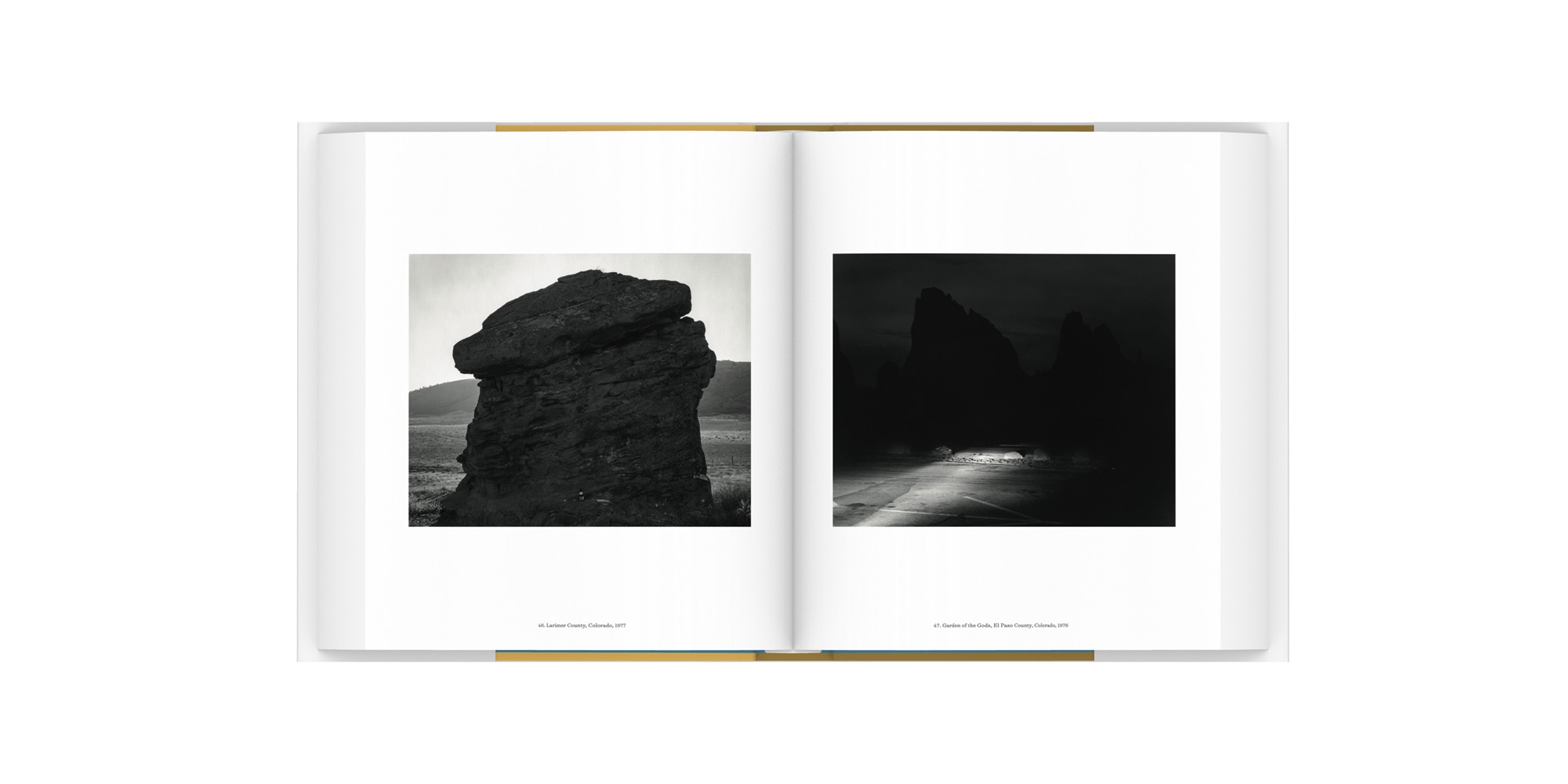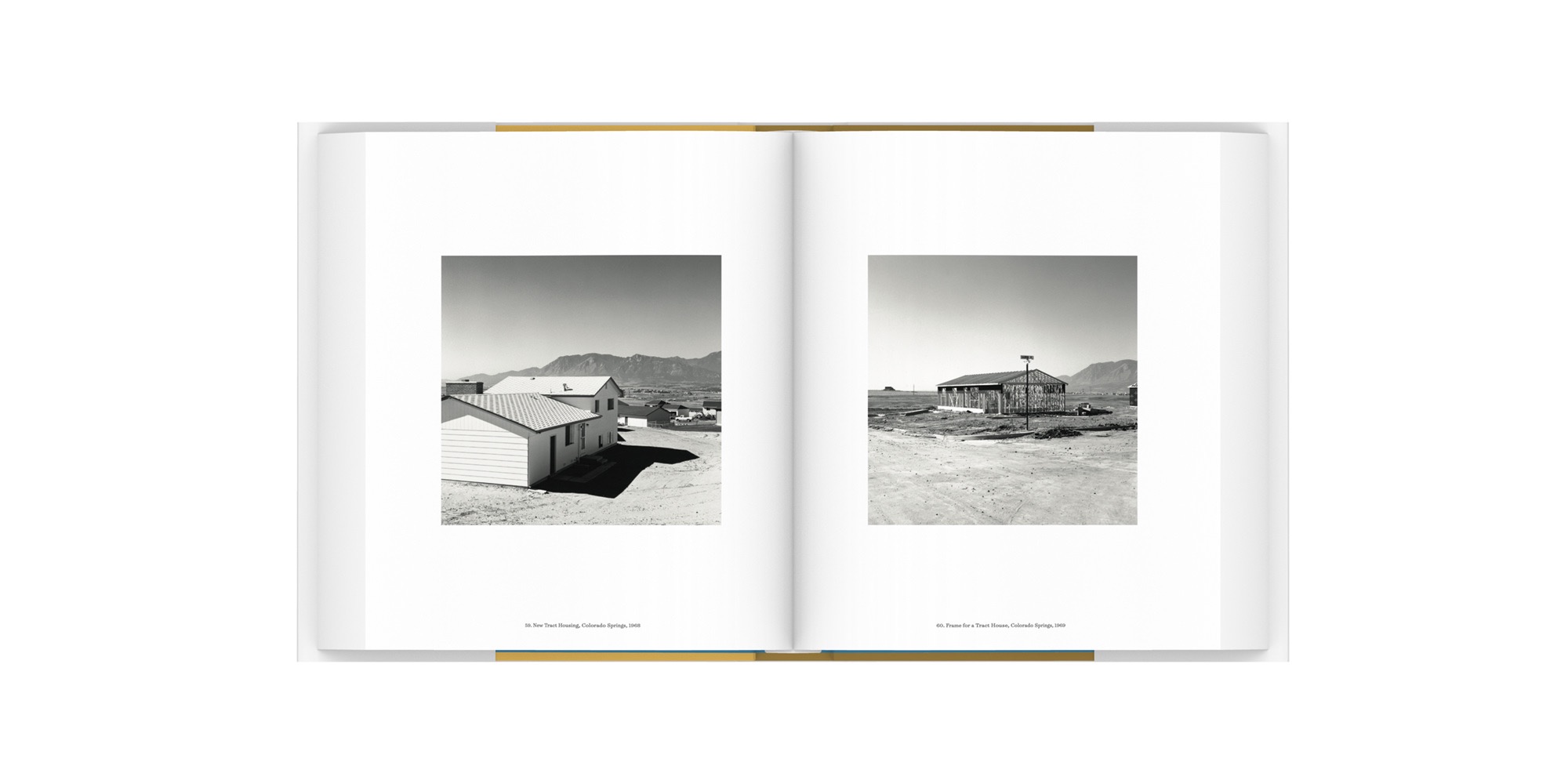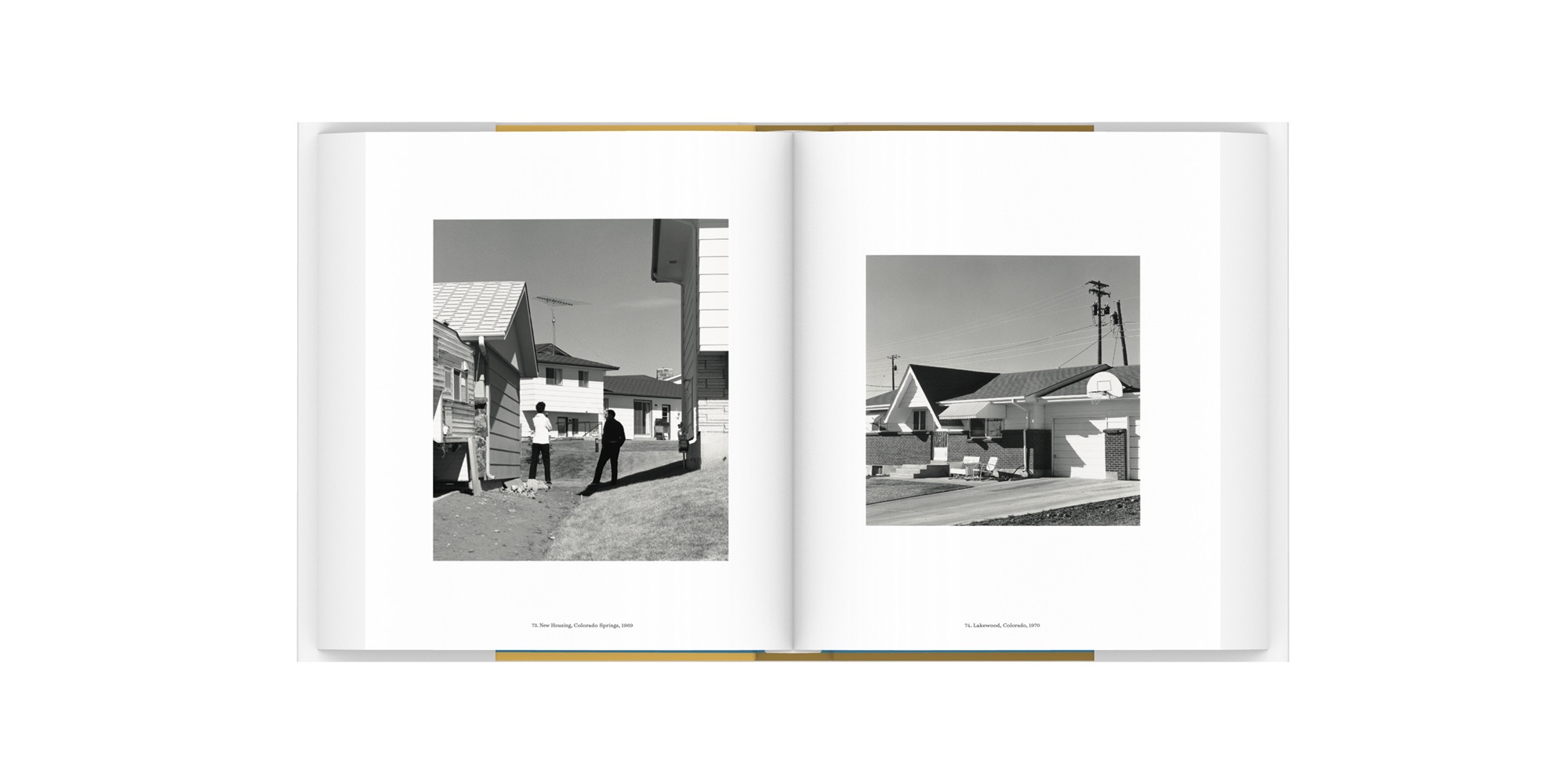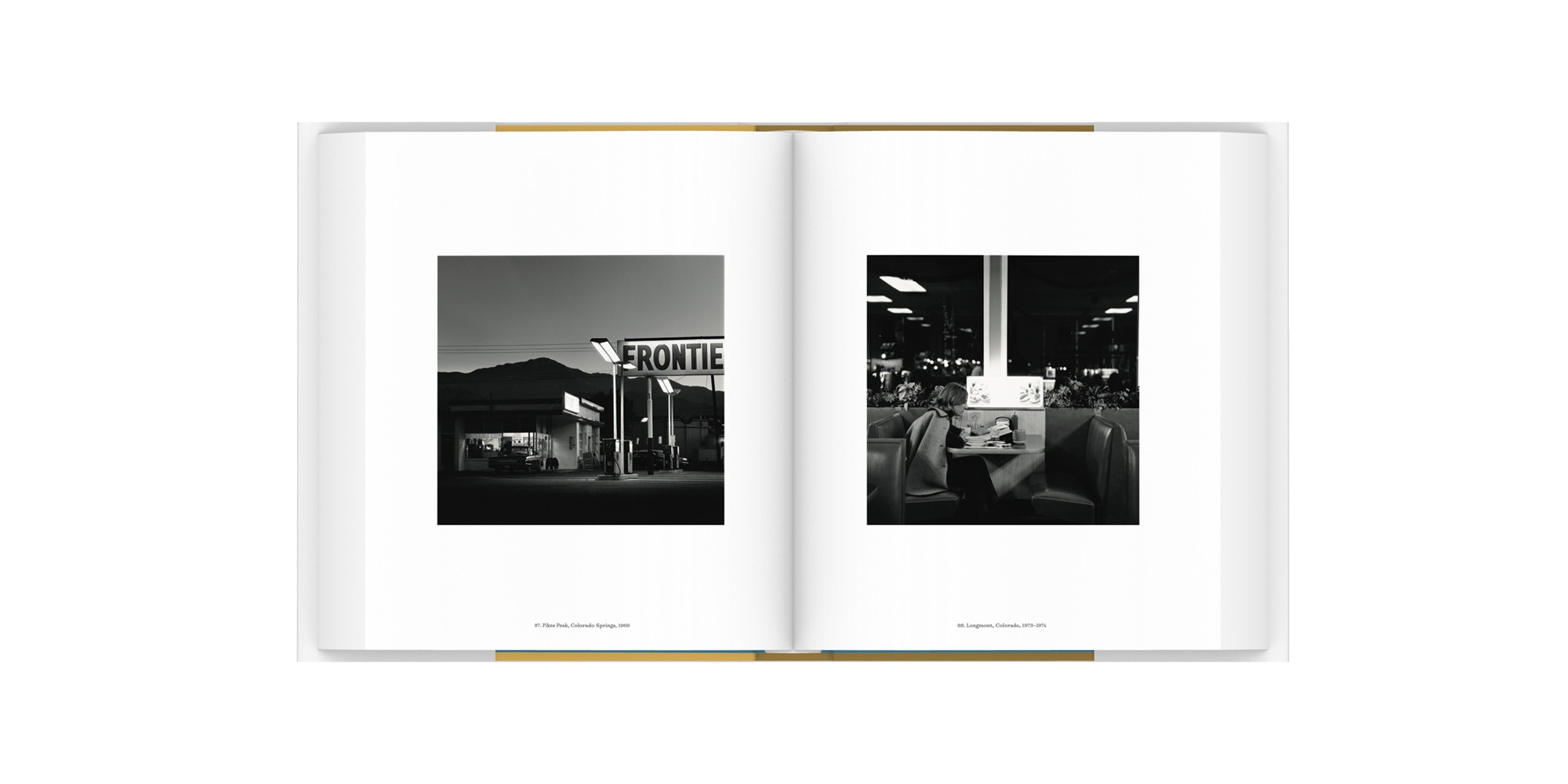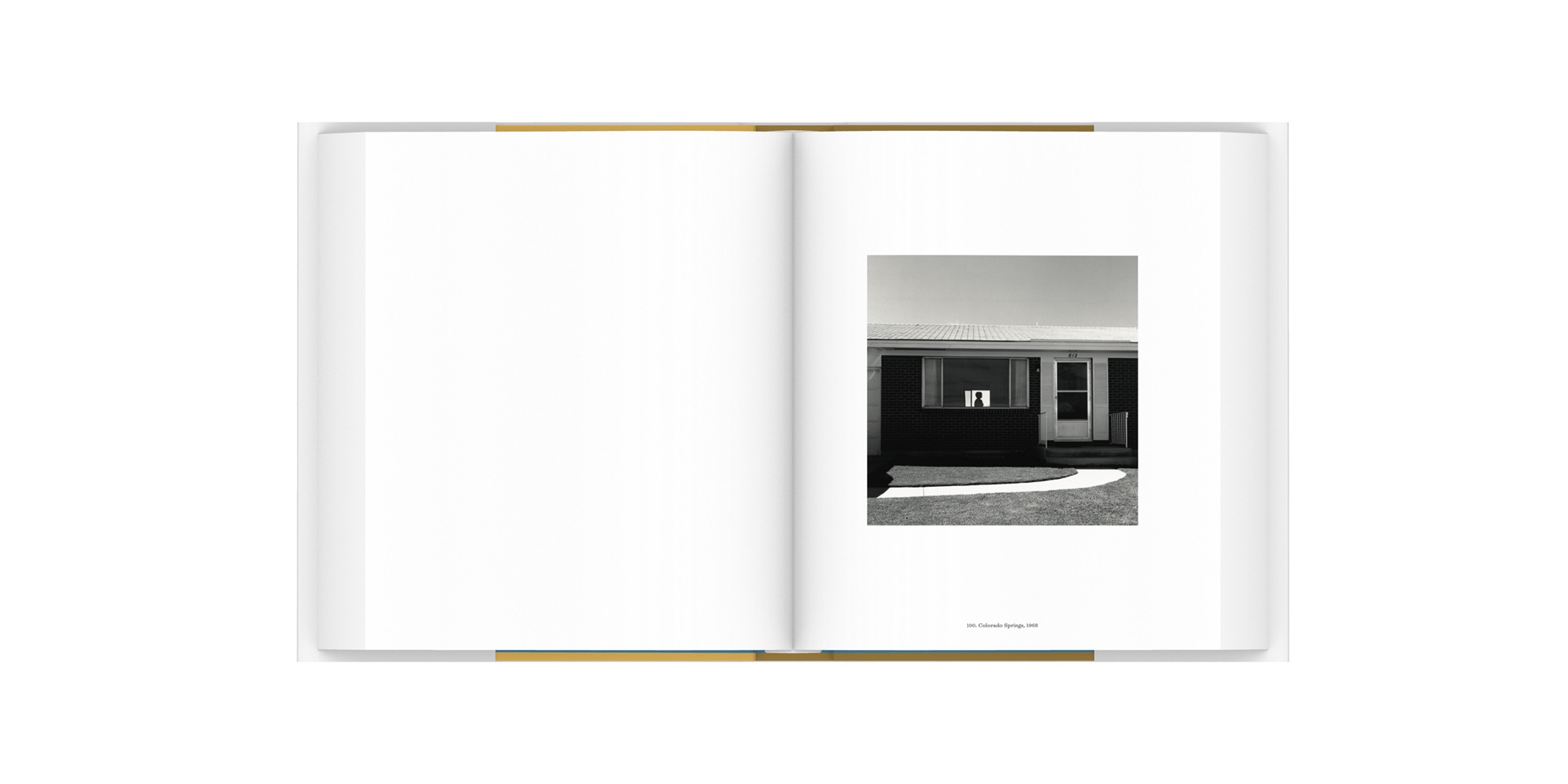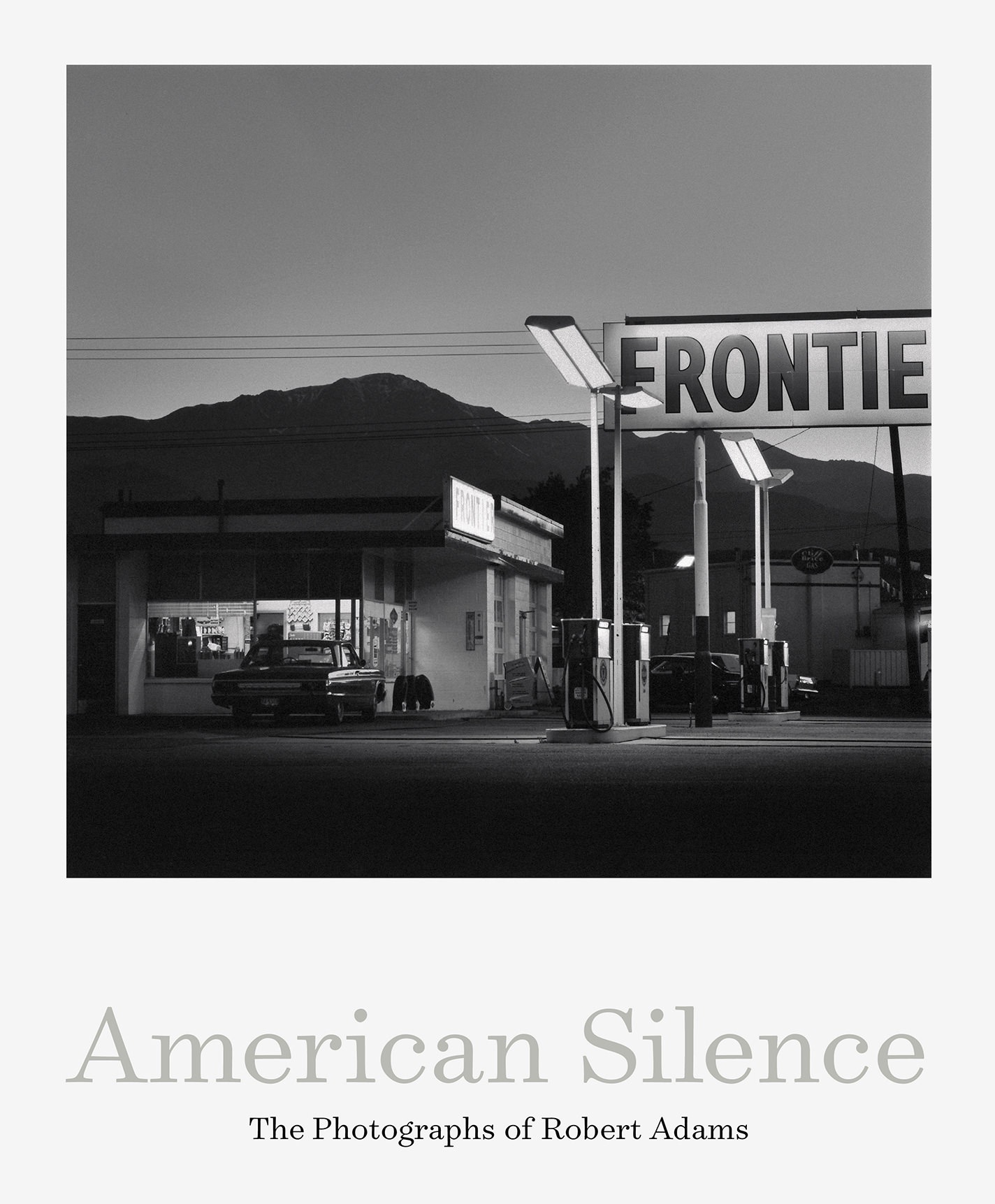Robert Adams: American Silence
For fifty years, Robert Adams has made compelling, provocative, and highly influential photographs that show us the wonder and fragility of the American landscape, its inherent beauty, and the inadequacy of our response to it.
American Silence: The Photographs of Robert Adams examines Adams’s reverential act of looking at the world around him and the almost palpable silence of his photographs. It includes works that capture the sense of peace and harmony that the beauty of nature can instill in us, created through what Adams calls “the silence of light” of the American West (as seen on the prairie, in the woods, and by the ocean), as well as pictures that question our moral silence to the desecration of that beauty by consumerism, industrialization, and lack of environmental stewardship.
The book features some 175 works from Adams’s most important projects and includes pictures of suburban sprawl, strip malls, highways, homes, and stores, as well as rivers and skies, the prairie and the ocean. While Adams’s photographs lament the ravages that have been inflicted on the land, they also pay homage to what remains.
About the Author
Robert Adams (born in Orange, New Jersey, 1937) has documented the American West in photographs that “face the facts” of humanity’s imprint, yet offer hope of nature’s resilience.
Robert Adams grew up in New Jersey, Wisconsin, and Colorado, in each place enjoying the out-of-doors, often in company with his father. At age twenty-five, as a college English teacher with summers off, he learned photography, choosing as his first subjects early prairie churches and early Hispanic art, subjects of unalloyed beauty. After spending time in Scandinavia with his Swedish wife, Kerstin, however, he realized that there were complexities in the American geography that merited exploration.
In the 1970s and ’80s, Adams produced a series of books—The New West, Denver, What We Bought, Summer Nights—that focused on expanding suburbs along Colorado’s Front Range, books that pictured heedless development but also the surviving light, scale, form, and silence of the natural world. He also examined this mixture of humanity’s imprint and nature’s resilience in the wider western landscape (From the Missouri West) and in the Los Angeles basin (Los Angeles Spring, California).
As a counterpoint, Adams has occasionally published smaller, sometimes more personal volumes. These have included a prayer book set in the forest (Prayers in an American Church), a memoir of days walking on the Pawnee National Grassland with his wife (Perfect Times, Perfect Places), and a portrait of their dog, Sally, and her contentment in the backyard (I Hear the Leaves and Love the Light).
He has sometimes directly engaged in civic and political issues as well. A series of photographs at the Ludlow memorial, for example, speaks for organized labor, and another at a protest against the second Iraq war records the suffering that accompanies empire. Most notably, Our Lives and Our Children pictures individuals who lived at risk downwind from the Rocky Flats Nuclear Weapons Plant, where Adams himself once lived.
Over the years he has also published four small books of essays and interviews (Beauty in Photography, Why People Photograph, Along Some Rivers, and Art Can Help). Of these the critic Richard Woodward has observed that they “are defiantly free of postmodern attitudes and theorizing, arguing that one of the chief purposes of making art is to keep intact an affection for life.”
In 1989 the Philadelphia Museum of Art mounted a mid-life retrospective of Adams’s work, and in 1994 the MacArthur Foundation awarded him a fellowship, both of which contributed to financial stability that enabled Kerstin to retire from her work as a librarian and for the couple to move from Colorado to the Oregon coast in 1997. There they began, with Kerstin working as editor, to document the deforestation of the Coast Range, and eventually this effort resulted in a large exhibition and book (Turning Back).
In 2010 the Yale University Art Gallery created a retrospective exhibition that traveled widely, and published an accompanying three-volume catalog and portrait (The Place We Live).
Since then Adams has continued to call attention to clearcutting, but has, characteristically, balanced this with celebrations of living trees and of the sea (This Day, Sea Stories, A Road Through Shore Pine, An Old Forest Road, Tenancy). His effort continues to be, he has said, “to find redeeming metaphor.” In 2014 Adams was elected to The American Academy of Arts and Letters. A retrospective of his work is planned at the National Gallery of Art in Washington, D.C., in 2021.

